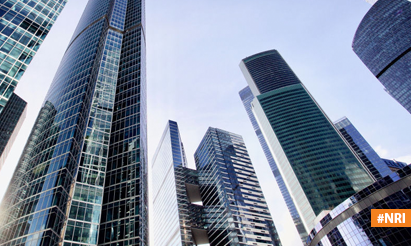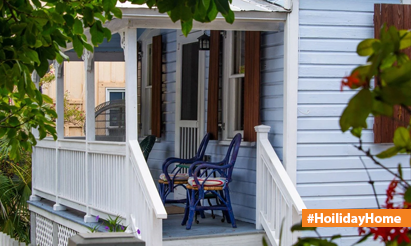In India, Fire Security Requirements Apply To High-Rise Residential Structures.
With the growth in construction activity in India, particularly in high-rise structures, the occurrences of fire breakouts have also grown significantly. The big fire disaster at a multi-story hotel in Karol Bagh earlier this year, followed by widespread fire mishaps in Mumbai, Kolkata, Chennai, and Surat, are just a few examples of incidents that highlight the fire safety problems in high-rise structures across the country.
Fire incidences in commercial buildings increased by 300 percent between 2014 (179 instances) and 2015, based on a 2015 study on Accidental Deaths and Suicides in India (716 cases). During the same time span, government buildings increased by 218 percent; yet, residential structures were shown to be more prone to fire breakouts. In 2015, approximately 7,500 occurrences of fire breakouts in residential structures were documented, representing a 100 percent increase over 2014. (3,736 cases). In fact, 42 percent of all deaths documented in the year were caused by an unintentional fire in a residential structure as a result of a breach of the National Building Code 2016. (NBC)
National Building Code 2016 Fire Safety Regulations (NBC)
NBC is a national instrument that defines the country’s construction standards, which are critical for the safe and orderly development of structures. Any operator who fails to meet the criteria will face penalties, the cancellation of their building licence, or the demolition of their property. The NBC also includes a number of recommendations and requirements for controlling and avoiding fires in Indian structures.
According to the code, buildings in India are categorised into nine types, and fire protective measures are prescribed based on the nature and occupancy of the structure. Residential structures are classed as A, whilst industrial, commercial, and storage structures are designated as G, E, and H, accordingly. Let’s take a closer look at the numerous fire safety standards and requirements outlined in Part IV of NBC for residential buildings:
Approval Procedure
- A high-rise structure is one that is 15 metres above ground level or has more than three storeys, and it must get a license of permission from the Director of Fire Force or an official authorised by him before construction can begin.
- With appropriate symbols and markings on the drawings, the building design presented to the authorities should show all fire prevention measures and the methods of access/escape for the proposed structure. A qualified Fire Consultant/Architect must sign and certify the document.
- In addition to other designs and portions of the structures, a complete design showing the placement of booster pumps, pipes, and water reservoirs at various levels should be presented to the competent authorities for approval.
Firefighting Procedures
- Substantial stationary stored water in the form of subsurface water, at a rate of 1,000 litres per minute, should be made available in the structures. Automatic sprinklers should also be fitted in basements with more than 200 metres of automobile parking or storage occupancy.
- Every structure taller than 25 metres shall have diesel generators that can be utilised to suppress fires in the event of a power outage.
Ultimately, it is past time for state governments to step in and tighten the noose around developers. Proactive actions should be done in this respect; otherwise, such tragedies will keep happening and cost lives.
Disclaimer: The views expressed above are for informational purposes only based on industry reports and related news stories. PropertyPistol does not guarantee the accuracy, completeness, or reliability of the information and shall not be held responsible for any action taken based on the published information.




